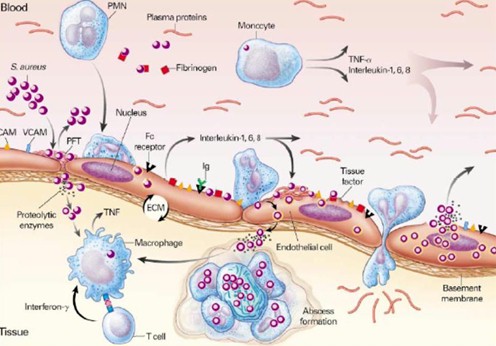How to Diagnose Endocarditis

Doctors or physicians always consider endocarditis a severe disease that can become even uncontrollable if left untreated at the initial stage. There are many people who become a target of this disease, which is actually a bacterial infection that grows in the lining of heart. Bacterial infection can come to you in many ways like through a bleeding gum or any wound on any part of the body from where bacterial infection enters into the blood and settles in the heart. Keep reading this article to know how to diagnose and treat endocarditis in an effective manner.
Instructions
-
1
First of all, you should know the information about the general symptoms of endocarditis which will help you in diagnosing this disease and having a proper treatment.
-
2
The most important and prominent symptom of endocarditis is high fever which is also the first major sign of this disease. You should immediately consult to the doctor before it gets aggravated.
-
3
Murmuring of heart is another symptom of endocarditis which clearly indicates that bacterial infection is affecting your heart and that there is a leakage in your heart’s valve bringing blood back to the chamber.
-
4
While having endocarditis, the doctor may be requiring many blood cultures in order to identify which type of bacterial infection has attacked on your body.
-
5
Through blood cultures, the growth of bacteria is observed through which the doctor identifies the type of bacteria and then starts the treatment of endocarditis accordingly.
-
6
Many doctors or physicians also suggest urine test in order to clearly identify the type of bacteria and thus treat their endocarditis patients in an effective manner.
-
7
The doctors also suggest an endocarditis patient to have an echocardiogram test which is a type of ultrasound of heart and it is non-invasive. Through this test, doctors try to determine whether there is a problem in blood flow or not. It also helps in observing the turbulence in blood flow if the heart’s valve leaks.
-
8
Sometimes, doctors fail to identify the echocardiogram and they recommend transesophageal echo test also known as TEE. In this test, a tube is inserted in the esophagus of the patient for having a clear view of the heart and also its valve that help in identifying the intensity of the bacterial infection.



